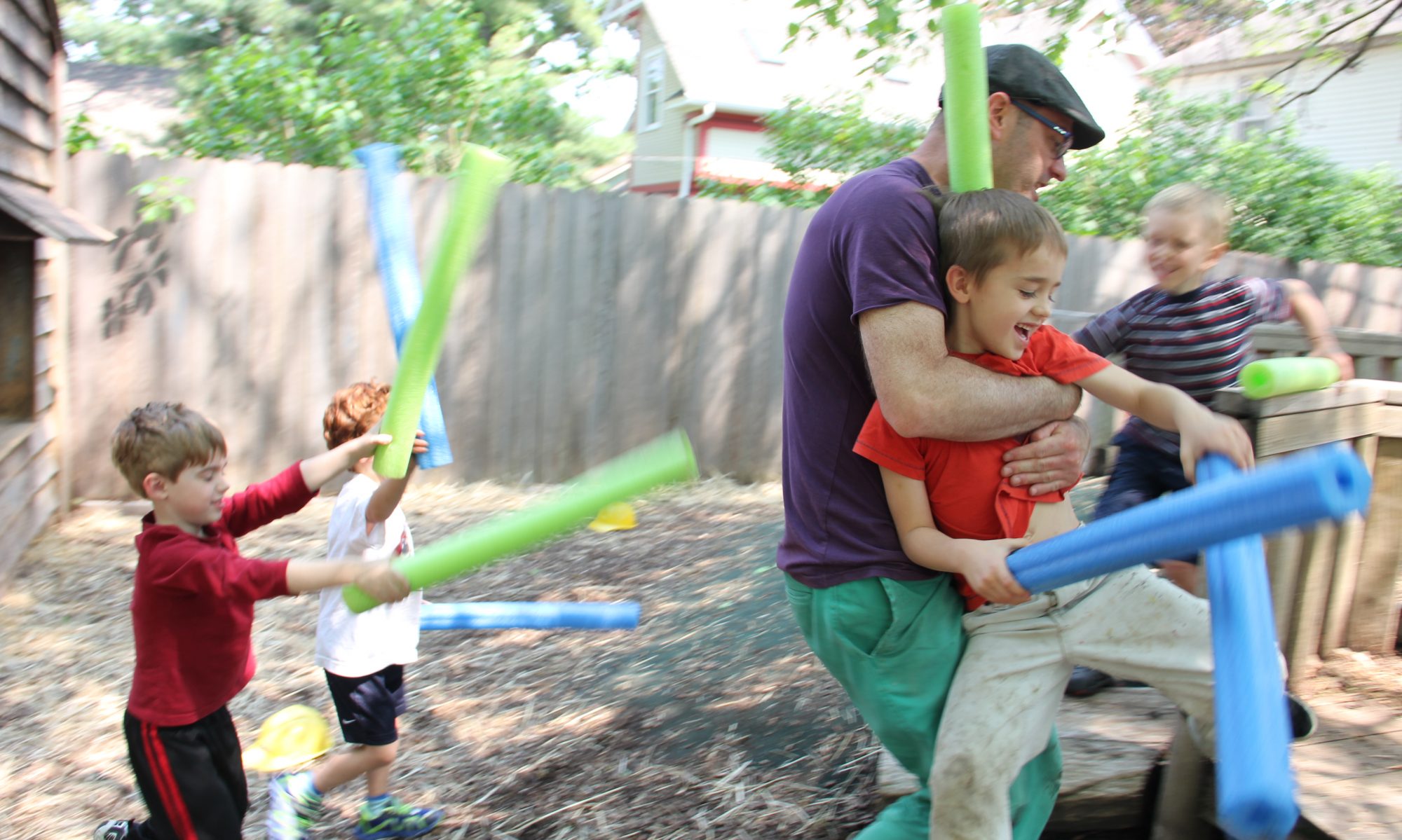As a preschool teacher, I often have to help children who are missing mom or dad or other parental figure. It’s a bittersweet situation because it is healthy for kids to miss a loved one. After all, they love them and want to be with them.
When a child is sad, there are many ways a teacher can handle the situation. But any method that helps the child grow and learn how to appropriately manage emotions has a few things in common.
First, a teacher can acknowledge the emotion without judgment. “You’re sad.” If you know, acknowledge the reason for being sad. “You miss your mom.” You can always do these two things while leaving room for being wrong. “You look sad.” “Are you missing your mom?” This way the child can correct you if you are incorrect.
After a teacher acknowledges the emotion, the provider needs to be there for the child. Sometimes that means sitting with the child while they work through the emotion. Sometimes it means reassuring them. “Mom will be back after snack time.” “I bet mom misses you, too.” Sometimes it means offering to do what mom would do. “Does your mom like to read to you? Maybe I could read to you.” Sometimes it means giving them some power or control over the situation. “Would you like to draw a picture for her, or write her a letter.” Sometimes a child will ask to be left alone, and a teacher must respect the child’s wishes, but they can still let the child know they are there for them. “OK. If you need me, I’ll be reading a book with some other kids.”
When a child misses a loved one, it is a learning opportunity, and responsive care is the same whether a child is learning how to express and manage emotions or learning how to write words. You are there for the child, you support their efforts, you reassure them when they are frustrated, and you help them reach a place they didn’t know they could.
